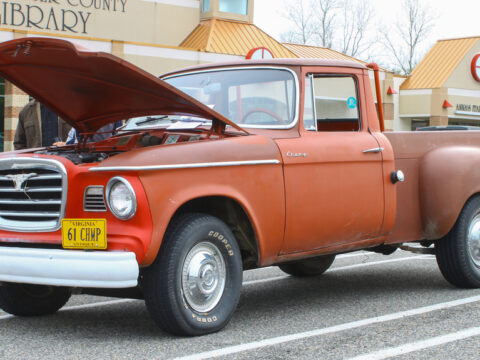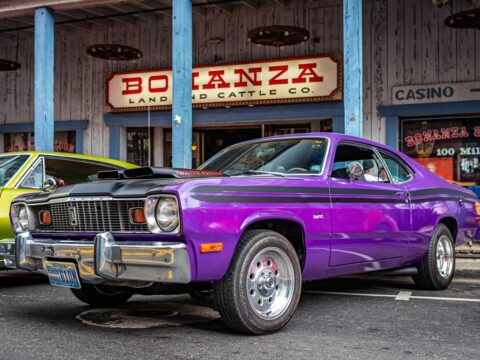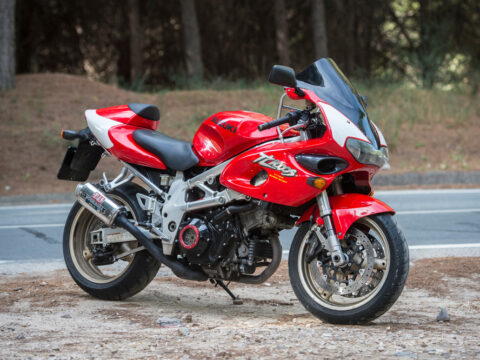High-speed rail systems have revolutionized transportation around the world, offering faster, more efficient, and environmentally friendly travel options. From Japan’s pioneering Shinkansen to China’s expansive CRH network, these developments highlight remarkable advancements in rail technology and infrastructure. Each country’s unique approach to high-speed rail showcases the benefits of rapid, interconnected transit systems.
Contents
Japan’s Shinkansen
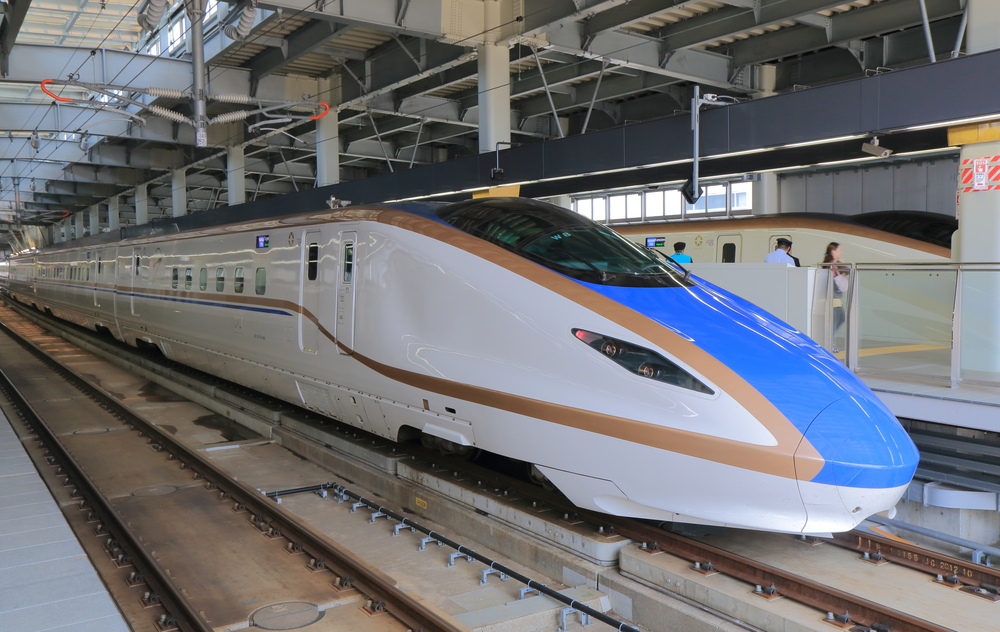
Japan’s Shinkansen, also known as the bullet train, revolutionized rail travel with its introduction in 1964. It set new standards for speed, safety, and efficiency in rail systems. Connecting major cities across Japan, the Shinkansen operates at speeds up to 320 km/h. Its success has inspired many other countries to develop their own high-speed rail networks. Continuous advancements in technology and punctuality make the Shinkansen a global benchmark.
France’s TGV
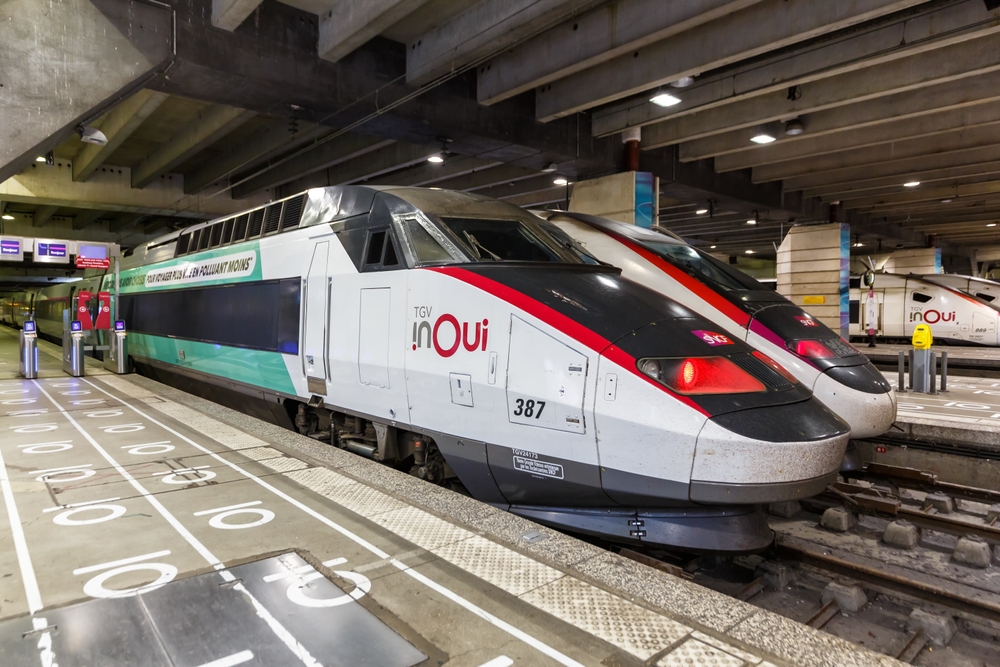
France’s TGV (Train à Grande Vitesse) has been a pioneer in European high-speed rail since 1981. Renowned for its speed and comfort, the TGV connects cities across France and neighboring countries. It regularly achieves speeds of 320 km/h, reducing travel times significantly. Integration with other European rail networks has facilitated easier and faster travel across the continent.
China’s CRH
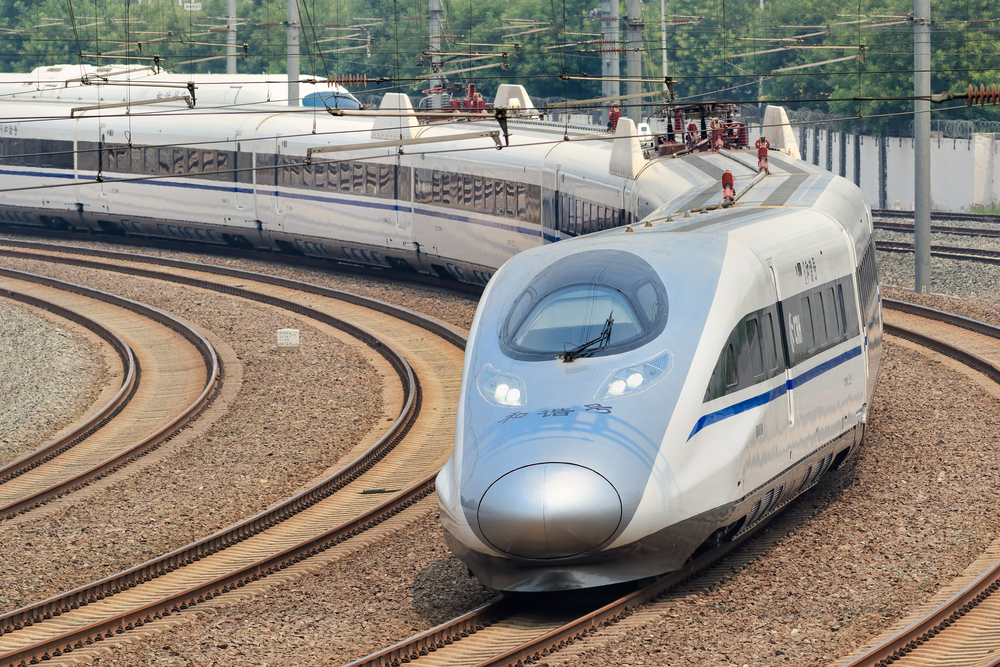
China’s CRH (China Railway High-speed) network is the largest high-speed rail system in the world. Since its inception in 2007, it has expanded rapidly, now covering over 35,000 kilometers. Trains on this network can reach speeds of up to 350 km/h, linking major cities and economic hubs. Dramatic improvements in domestic travel have resulted from the CRH’s extensive reach.
Spain’s AVE
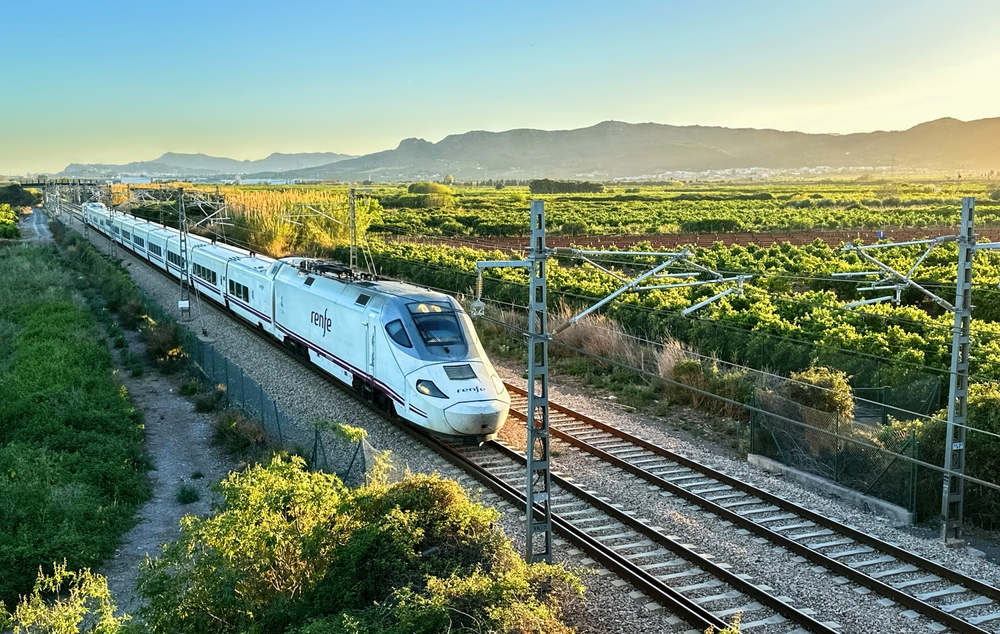
Spain’s AVE (Alta Velocidad Española) high-speed rail system connects major cities with exceptional speed and efficiency. Launched in 1992, it has grown to cover more than 3,200 kilometers. The AVE trains operate at speeds of up to 310 km/h, significantly reducing travel times between cities like Madrid, Barcelona, and Seville. This system has boosted tourism and regional connectivity in Spain.
Germany’s ICE
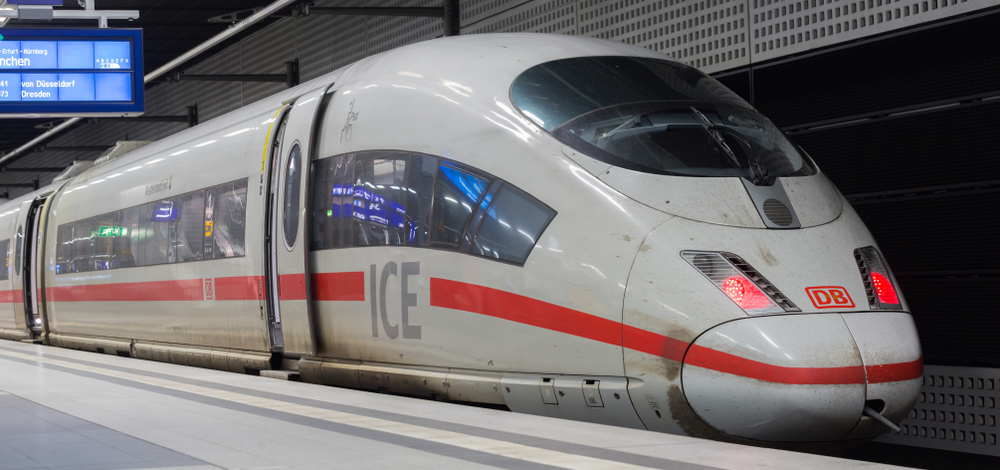
Germany’s ICE (InterCity Express) trains are known for their speed, comfort, and punctuality. First introduced in 1991, the ICE network now covers extensive routes across Germany and into neighboring countries. Trains can travel at speeds of up to 300 km/h, making it a vital part of the European high-speed rail network. The ICE has improved domestic and international connectivity, promoting efficient and sustainable travel.
Italy’s Frecciarossa

Italy’s Frecciarossa, operated by Trenitalia, is a key player in Europe’s high-speed rail landscape. Launched in 2008, it connects major Italian cities at speeds of up to 360 km/h. Frecciarossa trains are known for their luxury and comfort, providing a premium travel experience. The system has significantly reduced travel times between cities like Rome, Milan, and Naples.
Taiwan’s THSR
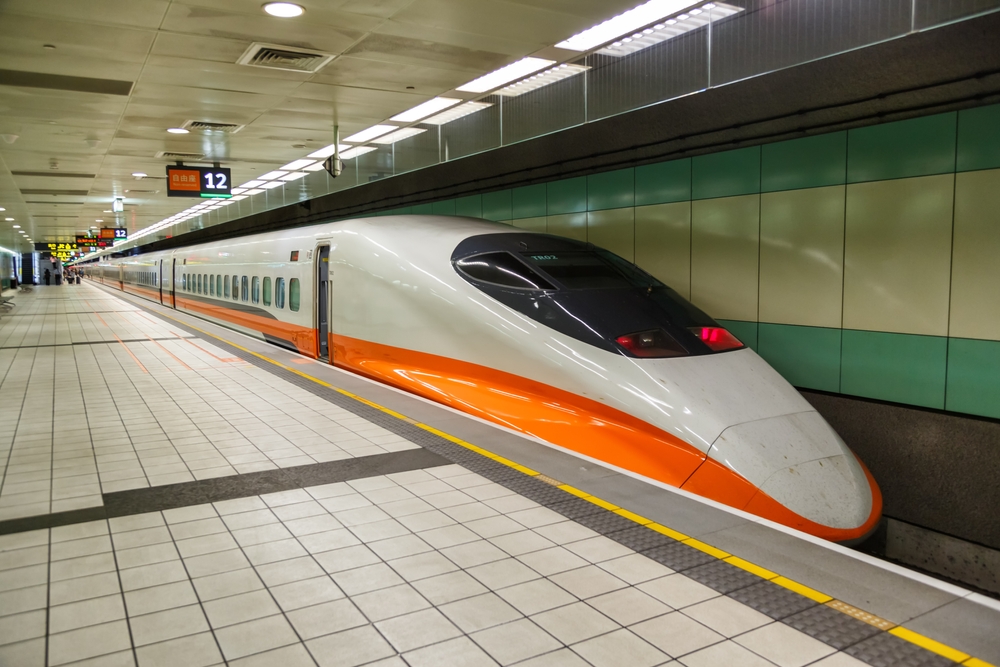
Taiwan’s THSR (Taiwan High Speed Rail) system has transformed travel on the island since its launch in 2007. Covering 345 kilometers, it connects Taipei with the southern city of Kaohsiung in just 90 minutes. Trains run at speeds of up to 300 km/h, providing a fast and efficient alternative to air travel. The THSR has improved economic ties and accessibility across Taiwan.
South Korea’s KTX
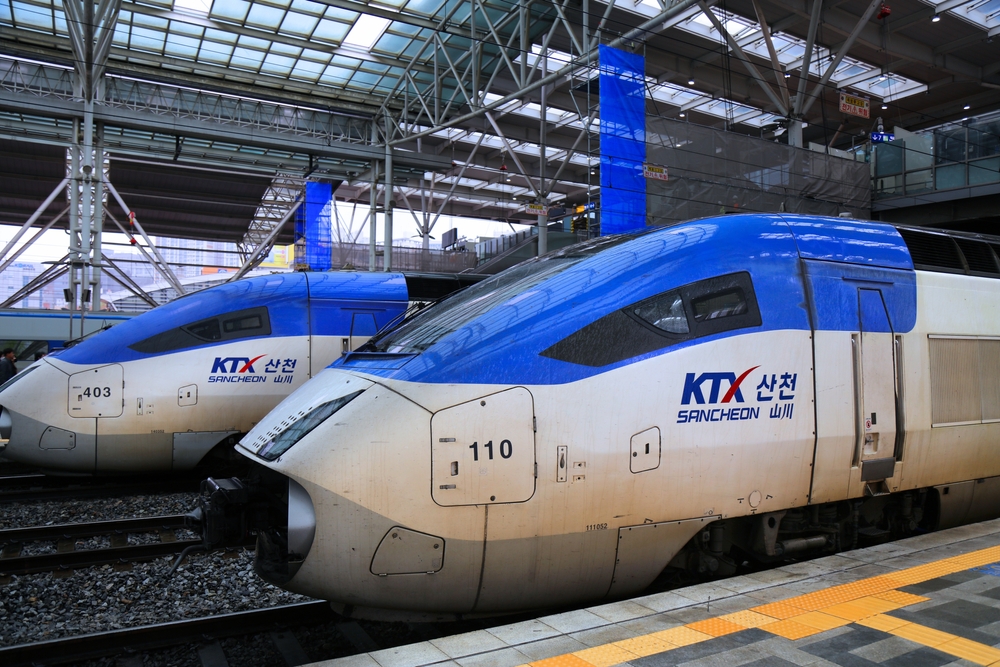
South Korea’s KTX (Korea Train Express) has been a cornerstone of the country’s transportation network since 2004. With trains reaching speeds of up to 305 km/h, it connects major cities like Seoul, Busan, and Daegu. The KTX has dramatically reduced travel times and boosted regional development. Its continuous expansion aims to further integrate the country’s transportation infrastructure.
Saudi Arabia’s Haramain
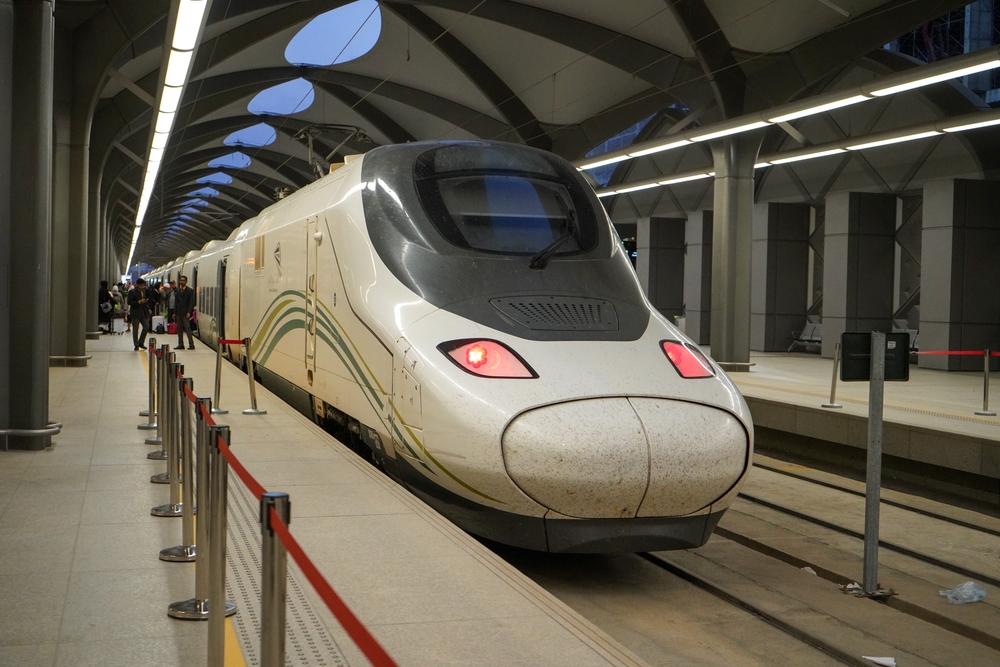
Saudi Arabia’s Haramain High-Speed Railway connects the holy cities of Mecca and Medina via Jeddah. Launched in 2018, it serves millions of pilgrims and travelers annually. Trains travel at speeds of up to 300 km/h, significantly cutting travel times. The Haramain railway is a critical component of Saudi Arabia’s Vision 2030 plan to diversify its economy and improve infrastructure.
Turkey’s YHT
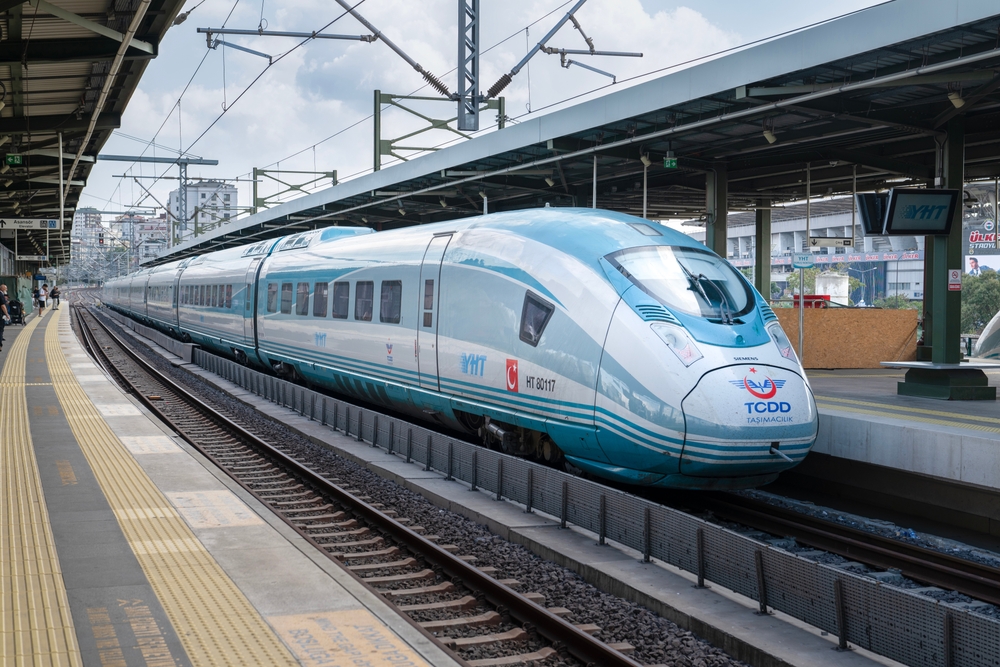
Turkey’s YHT (Yüksek Hızlı Tren) network has been expanding rapidly since its first line opened in 2009. It connects major cities like Ankara, Istanbul, and Konya at speeds of up to 300 km/h. The YHT has made domestic travel faster and more convenient, promoting regional economic growth. The Turkish government plans to extend the network further, enhancing connectivity across the country.
Morocco’s Al Boraq
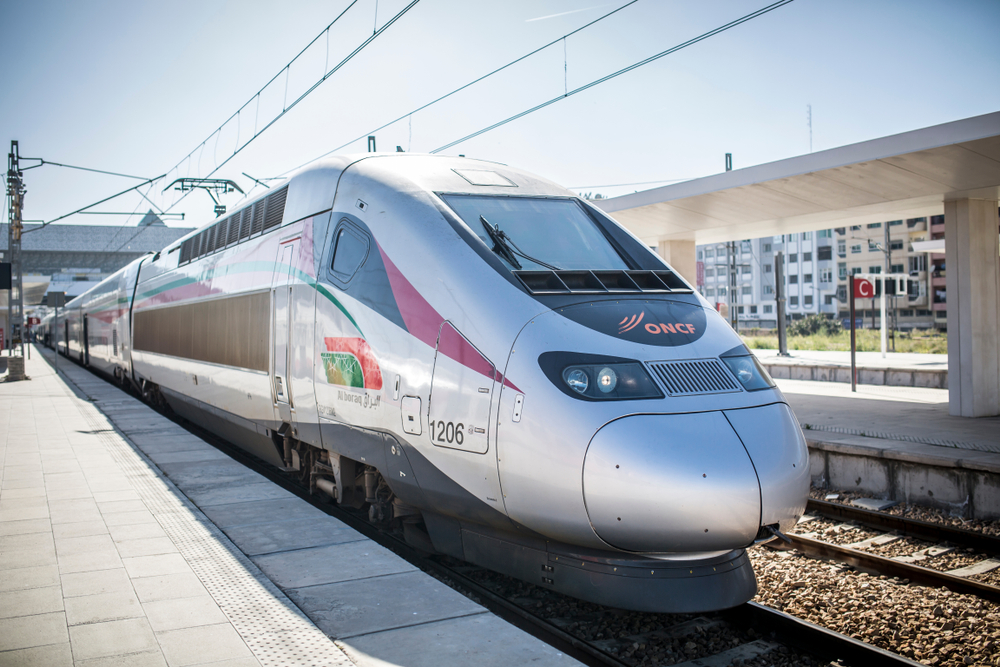
Morocco’s Al Boraq is the first high-speed rail system in Africa, launched in 2018. It connects the cities of Tangier and Casablanca at speeds of up to 320 km/h. The Al Boraq has significantly reduced travel times and boosted economic ties between the two cities. Its success demonstrates the potential for high-speed rail to transform travel in Africa.
Russia’s Sapsan
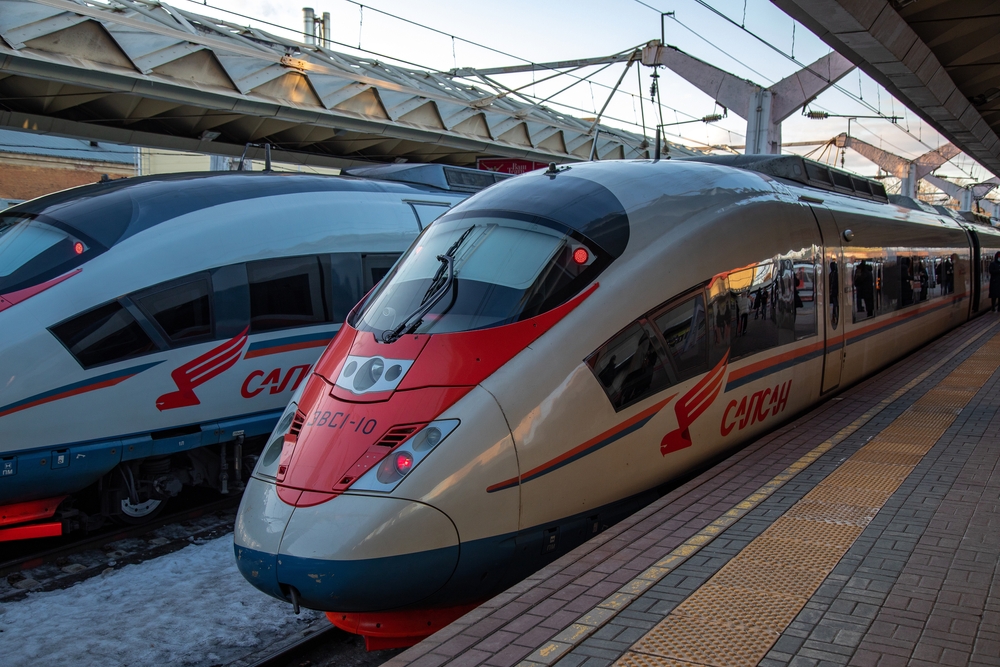
Russia’s Sapsan high-speed trains connect Moscow and St. Petersburg, reducing travel time to just under four hours. Introduced in 2009, Sapsan trains travel at speeds of up to 250 km/h. The service has become a popular alternative to air travel between the two major cities.
Belgium’s Thalys
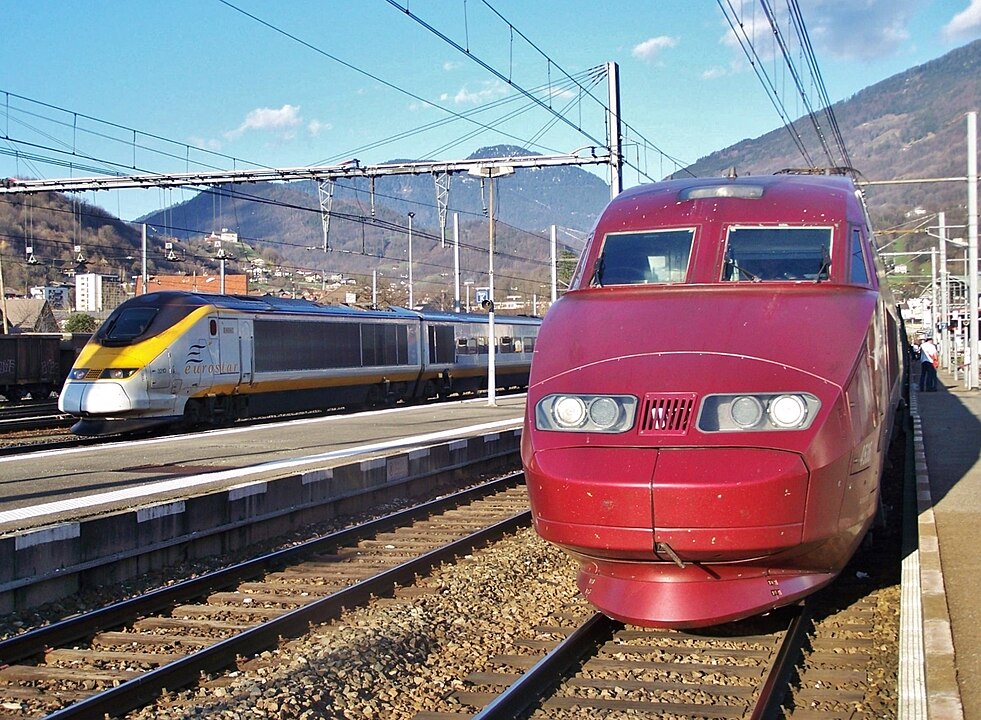
Thalys is a high-speed train service that connects Belgium with France, the Netherlands, and Germany. Operating since 1996, Thalys trains reach speeds of up to 300 km/h. The service has improved international travel within Western Europe, making it faster and more convenient. Thalys has played a key role in integrating the European high-speed rail network.
United States’ Amtrak Acela
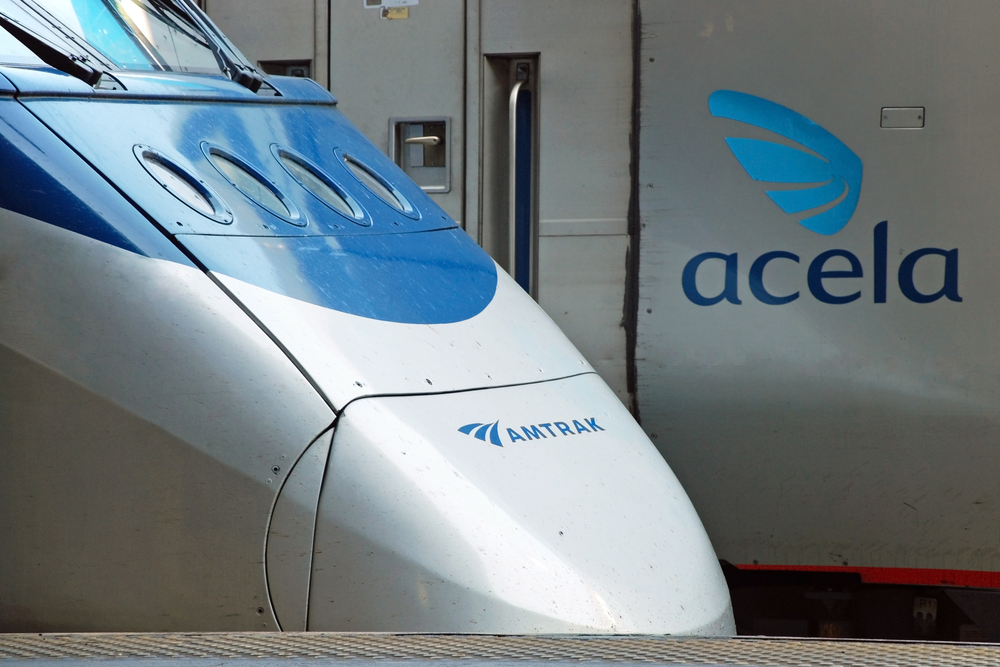
Amtrak’s Acela Express is the fastest train service in the United States, operating in the Northeast Corridor. Launched in 2000, it connects major cities like Boston, New York, and Washington, D.C., at speeds of up to 240 km/h. The Acela has significantly reduced travel times and provided a competitive alternative to air travel. Plans for the next-generation Acela trains aim to further enhance speed and comfort.
Sweden’s X2000
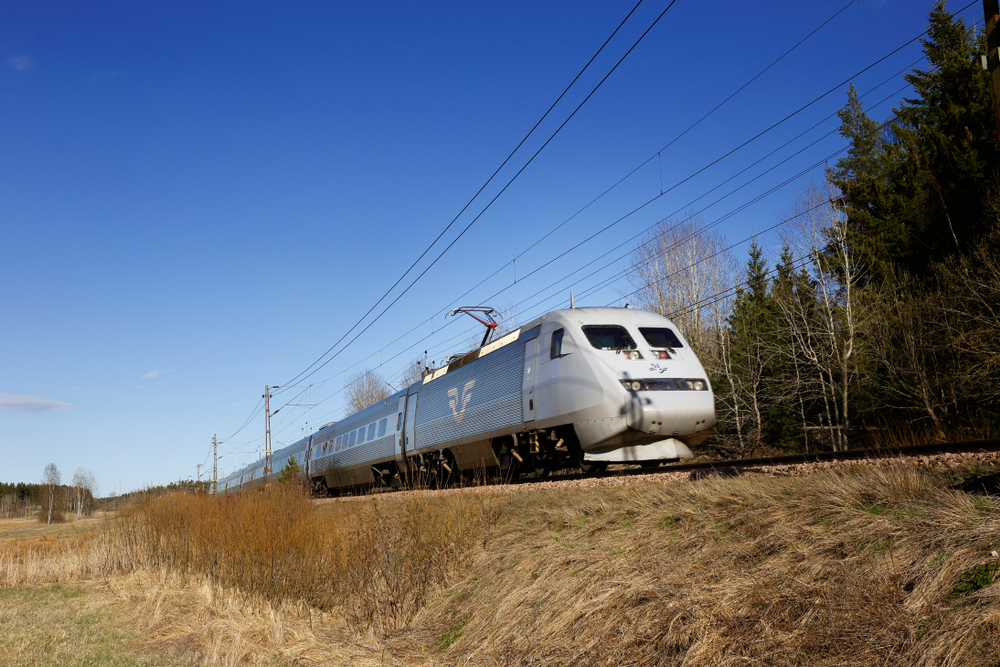
Sweden’s X2000 high-speed trains have been a staple of the country’s rail system since 1990. They connect cities like Stockholm, Gothenburg, and Malmö at speeds of up to 200 km/h. The X2000 trains are known for their tilting technology, allowing them to maintain high speeds on curved tracks. This service has improved domestic travel and regional connectivity in Sweden.
Austria’s Railjet
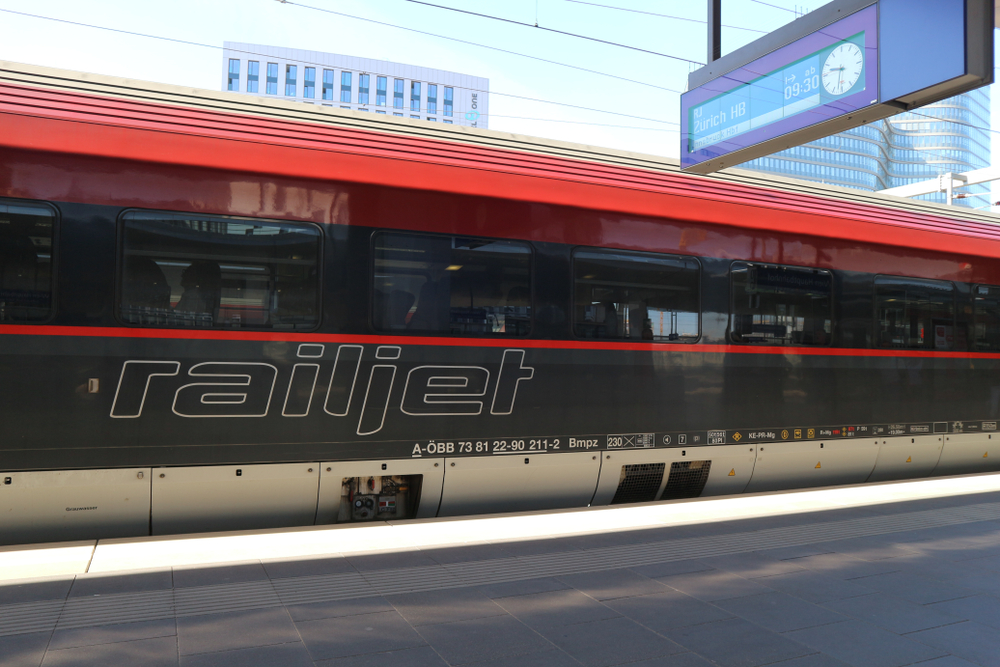
Austria’s Railjet trains offer high-speed travel across Austria and into neighboring countries. Introduced in 2008, Railjet trains reach speeds of up to 230 km/h, connecting cities like Vienna, Salzburg, and Innsbruck. The service has enhanced domestic and international travel, making it faster and more efficient. Railjet trains are known for their comfort and modern amenities.
Finland’s Allegro
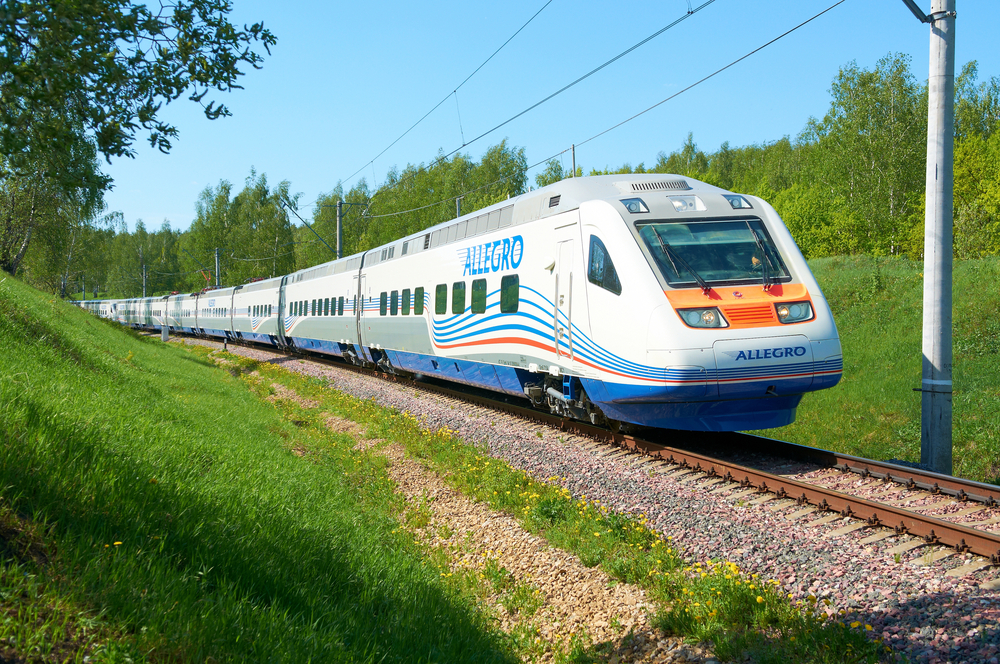
Finland’s Allegro high-speed trains connect Helsinki with St. Petersburg, Russia. Launched in 2010, Allegro trains travel at speeds of up to 220 km/h, reducing travel time to just 3.5 hours. The service has improved cross-border travel and economic ties between Finland and Russia. Allegro trains are known for their comfort and efficiency.
Poland’s Pendolino
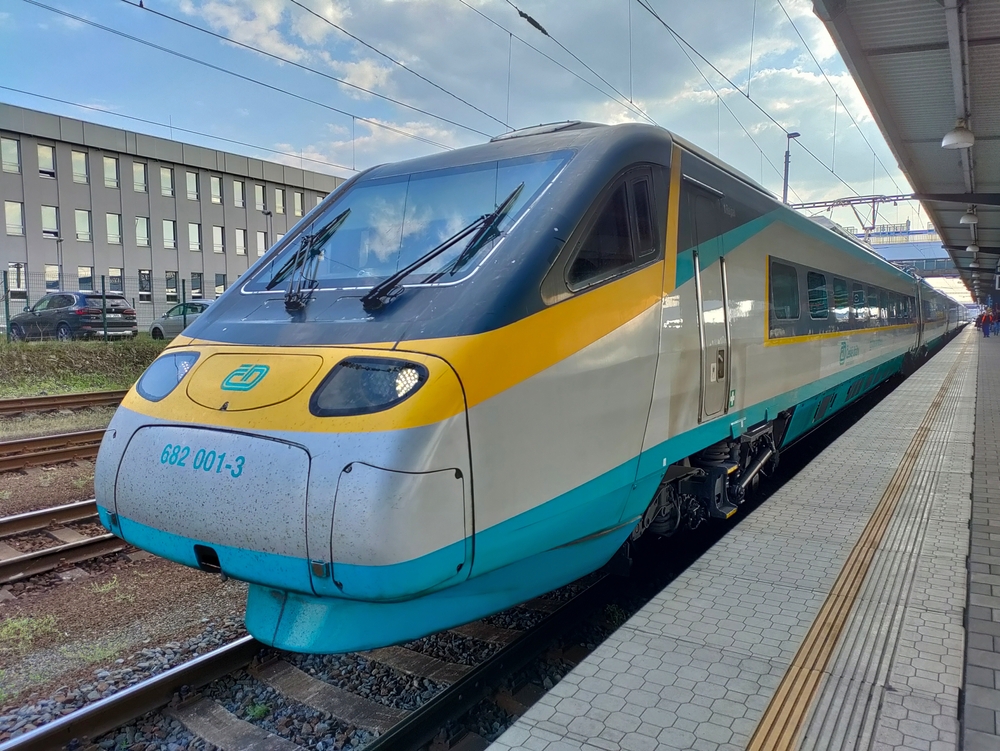
Poland’s Pendolino high-speed trains have been in operation since 2014, connecting major cities like Warsaw, Kraków, and Gdańsk. These trains travel at speeds of up to 200 km/h, significantly reducing travel times. The Pendolino has improved domestic travel and boosted regional economic growth. Continuous investments aim to expand and enhance the high-speed rail network in Poland.
This article originally appeared on MyCarMakesNoise.
More from MyCarMakesNoise
Top 10 Iconic American Bicycle Brands Throughout the Years

Embark on a journey through the world of American cycling with ‘Pedal Power: The Most Beloved American Bicycle Brands.’ This article celebrates the rich heritage, innovation, and craftsmanship of the top American bike manufacturers that have shaped the cycling landscape. Read More.
Top 10 Electric Motorcycles and Scooters You Should Check Out
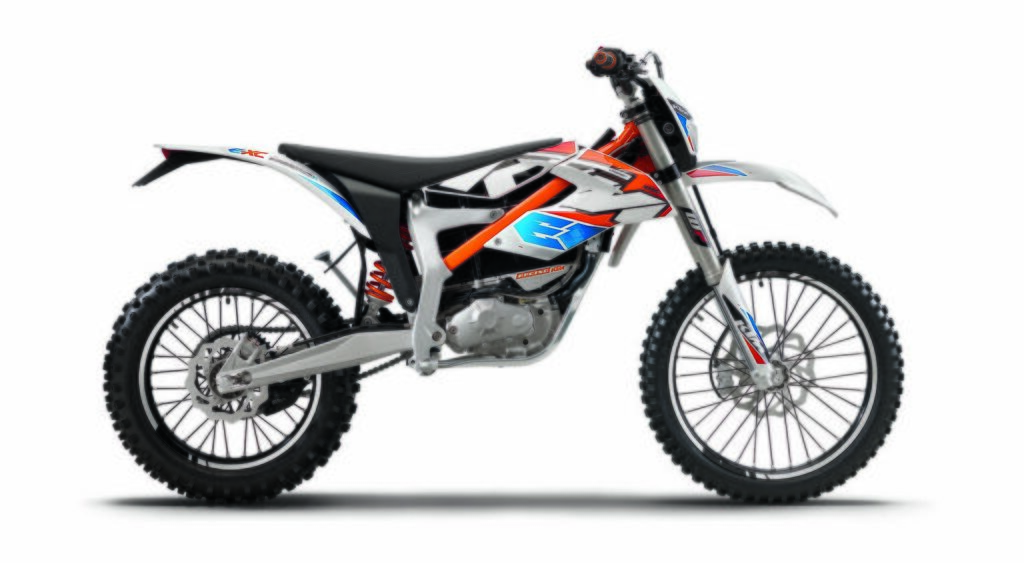
Electric motorcycles and scooters are revolutionizing the two-wheeled transport sector, offering an eco-friendly alternative to traditional gasoline-powered bikes. With advancements in battery technology and motor efficiency, these electric vehicles now offer impressive performance, range, and features that cater to a variety of riders, from urban commuters to off-road enthusiasts. Read More.
10 Groundbreaking Military Vehicles Driving American Auto Progress

The American military has been a significant driving force in the evolution of automotive engineering. Several military vehicles have not only served on the battlefield but also profoundly influenced civilian automotive design and technology. Read More.


